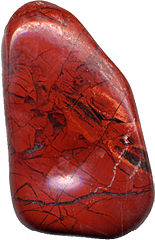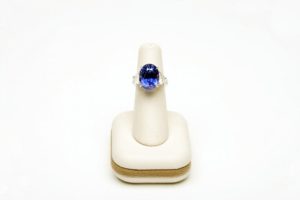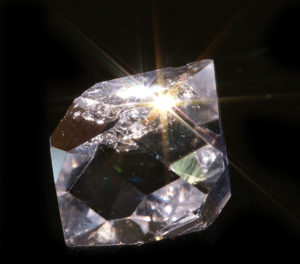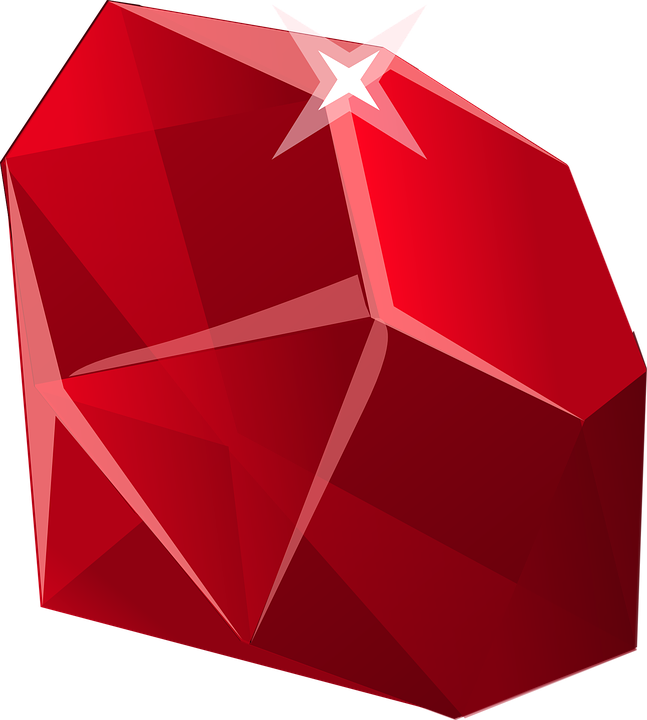The sky, planets and stars have been sources of wonder and inspiration for a large number of people for hundreds of thousands of years. Poets and writers have used the moon to symbolize beauty and scientists have studied the movements of stars and planets to find and study various laws of nature.
There is another group of people that believe that the relationship between various stars and their movements affects human beings. They are known as astrologists.
Astrology: What It Really Is?
For a common person, astrology is all about zodiac signs. However, the sign is only a part of the wider field of astrology. In broader terms, astrology is defined as “a field that investigates and studies the influences of stars and planets on human life.”
According to the proponents and experts of astrology, a person’s life and personality is largely shaped by the positions and movements of stars, planets, sun and moon at the time of his/ her birth.
Astrologists study these very positions and movements to not only find out someone’s personality traits, but also to predict their future, in terms of finances, relationships, successes and failures and even health.
While some claim astrology as a field of pure science, others think it falls under the category of metaphysics because it deals with the non-physical entities.
Why Astrology Has Been So Popular?
Despite the fact that time and again, scientists have discredited astrology and its significance or relevance to human life, in any way, it has continued to appeal and fascinate millions of people all over the world. This is believed to be due to the very nature of human beings.
Humans have always wanted to be in control of their lives however, the unpredictable nature of human life is the greatest hindrance in this regard. Therefore, anything that in any way promises to remove this obstruction has always attracted humans. Since the ability to predict future greatly increases one’s control over life (as one could prepare for the upcoming things beforehand and could avoid unfavorable things and circumstances), it has captivated people’s’ attention since ages.
Types of Astrology
There are two key methods to study the positions and movements of stars and planets and the relationship between them, giving birth to two main types of astrological systems:
The origin of Western astrology can be traced back to Babylonian and Hellenistic traditions. As evident from the name, it is largely practiced and followed in western countries. It mainly revolves around horoscopes and sun signs. It has often been criticized for having a limited approach; it only considers the position of sun at the time of a person’s birth to make predictions.
Vedic astrology traces its origin to ancient India, about 5000 years ago; this is why it is alternatively called Hindu or Indian astrology. It uses a holistic approach i.e. it studies the positions, and movements of both sun and planets, to calculate horoscopes, to interpret someone’s personality and to prophesize about people’s’ lives. Since Vedic astrology takes into account various factors, it is said to be more accurate than the Western astrology.
Considered as the ‘Science of light’, the Vedic astrology studies the connection between the human body and various celestial bodies of the earth’s solar system.
Gemstones
The lore associated with gemstones is as old as human beings. Not only gems have been associated with cultures, religions and various spiritual practices, they were also used for adornment and various medicinal purposes during ancient times. This is due to the belief that gemstones have various inherent qualities and can affect the personalities and lives of humans.
How Do We Define Gemstones?
Gemstones are usually inorganic minerals that occur naturally in the earth’s crust and are extracted, cut and polished to be sued for various purposes. Gemstones are known for their beauty and durability.
Thanks to the advancements of modern world, we now have some synthetic gems as well. Synthetic gems are those that are not naturally found, rather are prepared in labs. Since real gems tend to be really expensive, synthetic gems are considered as good, cheaper alternatives. They have properties similar to the real gemstones.
Gemstones and Astrology – The Connection
Gemology i.e. the “study (ethnic or scientific) of gemstones, has been an essential branch of applied astrology from the time immemorial
The connection between gemstones and astrology was first identified by the Vedic astrologists. They believed that each gemstone is ruled by a planet and if we could identify the position of planet in each person’s chart, and the planetary rulership of a gemstone, gems can be used for personal development, healing and for attracting positive energies.
It is believed that every living being produces some energy in the world. It is this energy field where our emotions, habits, beliefs and thought patterns reside. Gems are thought to affect that energy field and as a result a person’s’ mental and emotional energies. With time, these subtle effects of gems can cause long term changes in a person’s habits, emotions, thoughts etc.
However, to gain the benefits of gems, it is crucial that you use the right gemstone according to your ruling planet or horoscope.
Since only astrologers can understand the complex details associated with planets, their movements, relationships etc. and not many people understand the idea of ruling planet, they have used the horoscope system for gemstones recommendations.
Gemstones According To Sun Signs (Astrological Gemstones)
- Aries – Bloodstone
- Taurus – Sapphire
- Gemini – Agate
- Cancer – Emerald
- Leo – Onyx
- Virgo – Carnelian
- Libra – Chrysolite
- Scorpio – Beryl
- Sagittarius – Citrine
- Capricorn – Ruby
- Aquarius – Garnet
- Pisces – Amethyst
Gemstones According To Ruling Planet
- Sun – Ruby
- Moon – Pearl
- Mars – Coral
- Mercury – Emerald
- Venus – Diamond
- Jupiter – Yellow Sapphire
- Saturn – Blue Sapphire
- Ascending Lunar Node – Hessonite
- Descending Lunar Node – Cat’s Eye
Modern Birthstones
- January – Garnet, or Rose Quartz
- February – Amethyst or Onyx
- March – Aquamarine or Bloodstone
- April – Diamond
- May – Emerald or Chrysoprase
- June – Pearl, Moonstone or Alexandrite
- July – Ruby or Carnelian
- August – Peridot or Sardonyx
- September – Sapphire
- October – Opal, Watermelon Tourmaline, or Pink Tourmaline
- November – Topaz or Citrine
- December – Turquoise, Zircon, Lapis or Tanzanite
Final Word
Despite the fact that the roots of the connection between gemstones and astrology can be traced back to the ancient times, it is still not considered by many as having any scientific base. Therefore, different opinions and views exist with regard to the role gemstones and astrology plays in one’s life.
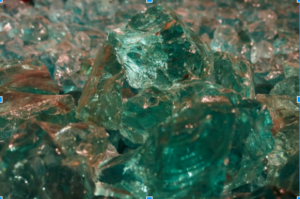 Aquamarine is given its name because of the blueness of this gem that depicts the blueness of the ocean. In Latin, it means the water of the sea, and the name was actually given by the Romans in 2000 BC. Since the ancient times, aquamarine has been regarded as a precious gemstone.
Aquamarine is given its name because of the blueness of this gem that depicts the blueness of the ocean. In Latin, it means the water of the sea, and the name was actually given by the Romans in 2000 BC. Since the ancient times, aquamarine has been regarded as a precious gemstone. 
